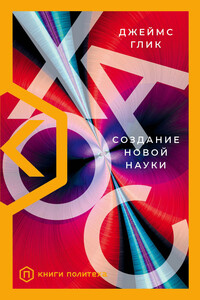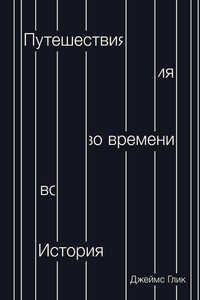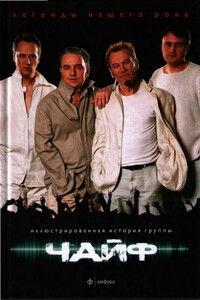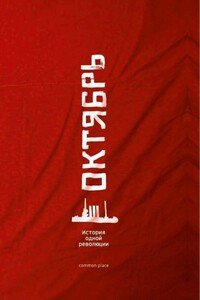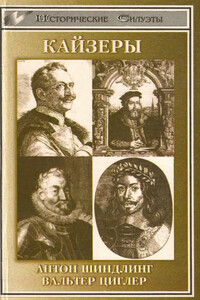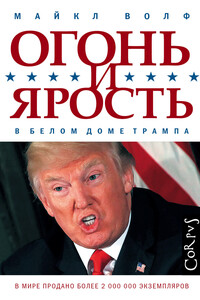. Geneva, 30 June–5 July. Geneva: CERN.
Fine, Arthur. 1986. The Shaky Game: Einstein, Realism, and the Quantum Theory. Chicago: University of Chicago Press.
—. 1991. “The Natural Ontological Attitude.” In Boyd et al. 1991, 271.
Flick, Lawrence F 1903. Consumption a Curable and Preventable Disease. Philadelphia: McKay.
Foley, H. M., and Kusch, P. 1948. “On the Intrinsic Moment of the Electron.” Physical Review 73:412.
Forman, Paul. 1987. “Behind Quantum Electronics: National Security as a Basis for Physical Research in the United States, 1940–1960.” Historical Studies in the Physical Sciences 18:149.
Fox, David. 1952. “The Tiniest Time Traveler.” Astounding Science Fiction (magazine).
Francis, Patricia. 1989. “Science as a Way of Seeing: The Case of Richard Feynman.” Manuscript, University of Maryland.
Franklin, Allan. 1979. “The Discovery and Nondiscovery of Parity Nonconservation.” Studies in History and Philosophy of Science 10:201.
—. 1990. Experiment, Right or Wrong. Cambridge: Cambridge University Press.
Frisch, Otto B. 1979. What Little I Remember. Cambridge: Cambridge University Press.
Galdston, Iago. 1940. Progress in Medicine: A Critical Review of the Last Hundred Years. New York: Knopf.
Galison, Peter Louis. 1979. “Minkowski’s Space-Time: From Visual Thinking to the Absolute World.” Historical Studies in the Physical Sciences 10:85.
—. 1987. How Experiments End. Chicago: University of Chicago Press.
Galton, Francis. 1869. Hereditary Genius: An Inquiry into Its Laws and Consequences. New York: Horizon Press.
Gamow, George. 1966. Thirty Years That Shook Physics: The Story of Quantum Theory. Garden City, N. Y.: Doubleday.
Gardner, Martin. 1969. The Ambidextrous Universe. New York: Mentor.
—. 1989. Hexaflexagons and Other Mathematical Diversions. Chicago: University of Chicago Press.
Gay, Peter. 1988. Freud: A Life for Our Time. New York: Norton.
Gell-Mann, Murray. 1953. “Isotopic Spin and New Unstable Particles.” Physical Review 92:833.
—. 1964. “A Schematic Model of Baryons and Mesons.” Physics Letters 8:214.
—. 1982. “Strangeness.” Journal de Physique 43:395.
—. 1983a. “From Renormalizability to Calculability?” In Jackiw et al. 1983, 3.
—. 1983b. “Particle Theory from S-Matrix to Quarks.” Talk presented at the First International Congress on the History of Scientific Ideas at Sant Feliu de Guixols, Catalunya, Spain.
—. 1989a. “Dick Feynman — The Guy Down the Hall.” Physics Today, February, 50.
—. 1989b. Remarks at a Conference Celebrating the Birthday of Murray Gell-Mann, 27–28 January.
Gell-Mann, Murray, and Ne’eman, Yuval. 1964. The Eightfold Way. New York: Benjamin.
Gemant, Andrew. 1961. The Nature of the Genius. Springfield, III.: Charles C. Thomas.
Gerard, Alexander. 1774. An Essay on Genius. London: Strahan.
Gieryn, Thomas F., and Figert, Anne E. 1990. “Ingredients for a Theory of Science in Society: O-Rings, Ice Water, C–Clamp, Richard Feynman and the New York Times.” In Theories of Science and Society. Edited by Susan E. Cozzens and Thomas F. Gieryn. Bloomington, Ind.: Indiana University Press.
Gilbert, G. Nigel, and Mulkay, Michael. 1984. Opening Pandora’s Box: A Sociological Analysis of Scientists’ Discourse. Cambridge: Cambridge University Press.
Glashow, Sheldon. 1980. “Towards a Unified Field Theory: Threads in a Tapestry.” Science, 19 December, 1319.
—. 1988. Interactions: A Journey through the Mind of a Particle Physicist and the Matter of This World. With Ben Bova. New York: Warner Books.
Gold, Thomas, ed. 1967. The Nature of Time. Ithaca, N.Y.: Cornell University Press.
Goldstine, Herman H. 1972. The Computer from Pascal to Von Neumann. Princeton: Princeton University Press.
Golovin, N. E. 1963. “The Creative Person in Science.” In Taylor and Frank 1963, 7.
Goodstein, David. 1989. “Richard P. Feynman, Teacher.” Physics Today, February, 70.
Goodstein, Judith R. 1991. Millikan’s School: A History of the California Institute of Technology. New York: Norton.
Gould, Stephen Jay. 1981. The Mismeasure of Man. New York: Norton.
—. 1983. “Losing the Edge.” In
